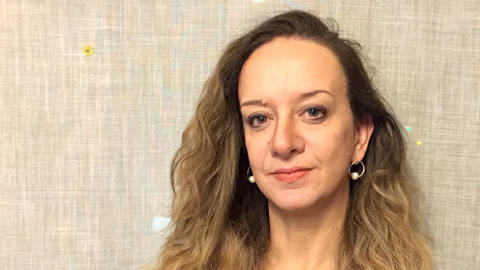Dr. Simó Schwartz Jr, appointed editor of Precision Nanomedicine magazine
The new magazine “Precision Nanomedicine” in its online version, is about to be issued. Dr. Simón Schwartz Jr, Scientific Director of NANBIOSIS U20 In Vivo Experimental Platform, is one of only two Spanish researchers who are part of the editorial board of the journal. The rest of publishers belong to the United States, Australia, Japan and Europe
Precision Nanomedicine is a publication promoted by the European Society of Nanomedicine (ESNAM for its acronym in English), the European Nanomedicine Foundation and the Conference of Clinical Nanomedicine (Clinamen). It was born with the aim of bringing together the most important opinion leaders in this field, disseminating the concept of Precision Nanomedicine and promoting its application in the clinical field using nanomedicines in a personalized way, depending on the patient and the pathology. Within this willingness to make wide dissemination of knowledge, access to the journal will be open.
“The launch of the journal occurs at a very opportune time given the high number of nanodrugs that are reaching the clinic or clinical trials phase and the fact that some of them, for example, are already drugs of choice in oncological treatments“, says Dr. Schwartz Jr.


















